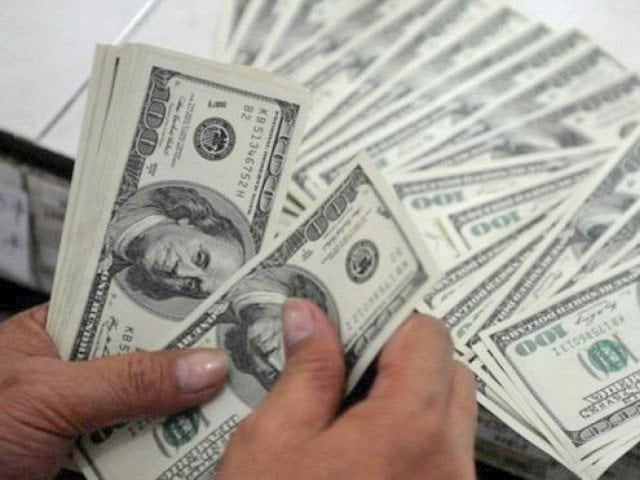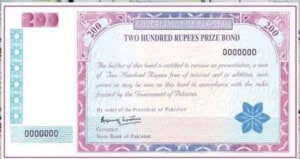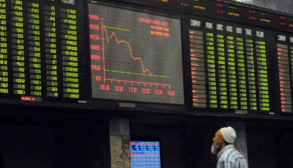KARACHI – According to data released by the central bank on Thursday, remittances sent to Pakistan in the first month of the current fiscal year have seen a 19.3% year-on-year decrease, amounting to $2 billion.
A month-on-month reduction of 7.3% in remittance inflows. In July, the country received $2.2 billion from overseas Pakistanis.
In the previous month, major sources of remittances were Saudi Arabia ($486.7 million), the United Arab Emirates ($315.1 million), the United Kingdom ($305.7 million), and the United States of America ($238.1 million).
Analysts had anticipated a decline in remittances for July, with expectations of a surge following Eid ul Adha in June, as expatriates sent money home for purchasing sacrificial animals.
Interestingly, there seems to be a shift of remittance inflows to the informal market due to better exchange rates for dollars there.
Samiullah Tariq, head of research at Pak-Kuwait Investment Company, noted, “Given that this was the month after Eid ul Adha, the flows were constrained. Some Pakistanis are resorting to unofficial channels for money transfers.”
The persistent depreciation of the Pakistani rupee is deterring overseas Pakistanis from investing in the country, Tariq added.
This release of remittance statistics follows the approval of a new $3 billion bailout by the International Monetary Fund (IMF) last month. This rescue package was granted to the struggling Pakistani economy, which was at risk of defaulting on its debt.
Jameel Ahmad, the governor of the State Bank of Pakistan, stated in a recent monetary policy briefing that the SBP is committed to maintaining the requirement that the average difference between the interbank and open market exchange rates does not exceed 1.25%, as specified in the IMF agreement.
Budget 2023-24: Govt to give overseas Pakistanis incentives to raise remittances















